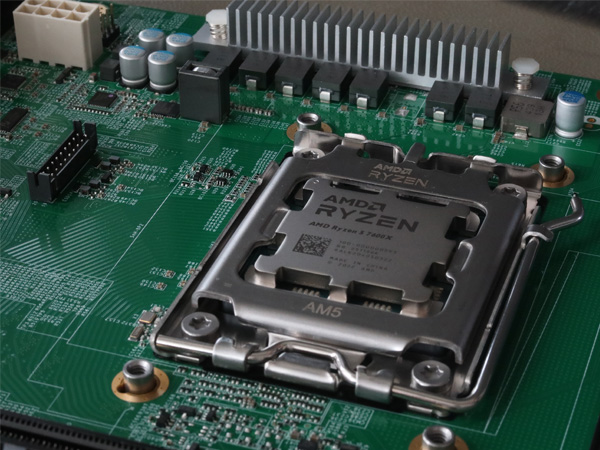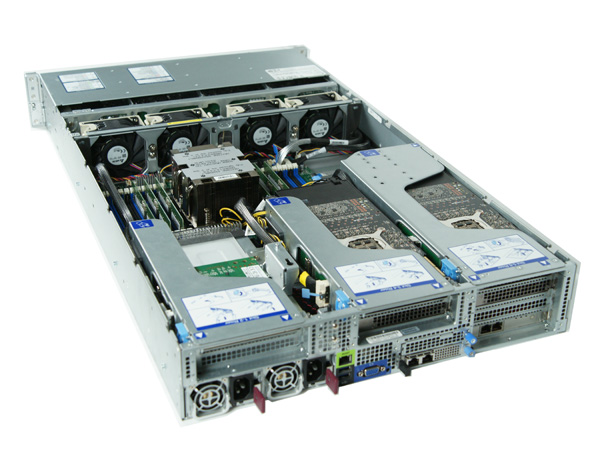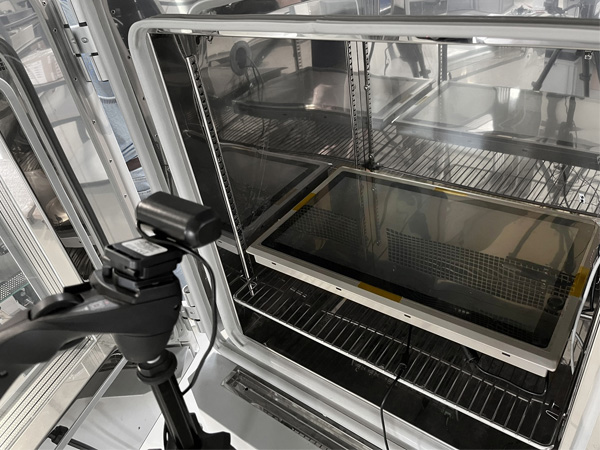Category : AMD, News by T-Pole | TPole & Vision | 6 August 2025
Software of the past on the today’s hardware
In the world of technology, innovation is constant and unstoppable. However, for many companies that have invested years and significant resources in developing “legacy” software, the transition to modern hardware can present unexpected challenges.
Bulky and “old-style” applications, often developed when programming criteria were different, do not always translate into better performance on new multi-core platforms. In fact, sometimes the opposite happens.
The main problem lies in the way this software was written. Many legacy applications were designed to make the most of a single core’s speed. Consequently, their performance is closely tied to the processor’s clock frequency, rather than the number of available cores. On a modern processor, which distributes the load across many cores at potentially variable frequencies, a “single-thread” software might not function optimally.
TPole’s optimized solutions
This is where TPole’s experience becomes crucial. With know-how accumulated over years of testing on different architectures, we have a deep understanding of how processors behave based on load distribution and thermal conditions. We know that the power and thermal management policies of a modern CPU can dynamically reduce the clock speed to contain consumption or heat, thereby penalizing the very applications that require a high and constant frequency.
Our expertise allows us not only to recommend the most suitable hardware architecture but also to actively intervene on performance. In many cases, it is possible to customize the BIOS to modify the processor’s management policies, forcing it to maintain higher frequencies or disabling energy-saving mechanisms that could interfere with the customer’s application. This level of customization ensures that legacy software runs as satisfactorily as possible.
Conclusion
Having a reference partner like TPole helps you taking the right decisions from the very beginning. Knowing the limits and potential of the various Intel and AMD platforms allows for the optimization of costs and consumption, by selecting the CPU that offers the best compromise between frequency, computing power, stability, and price, thus guaranteeing a return on investment and a new life for mission-critical software.



